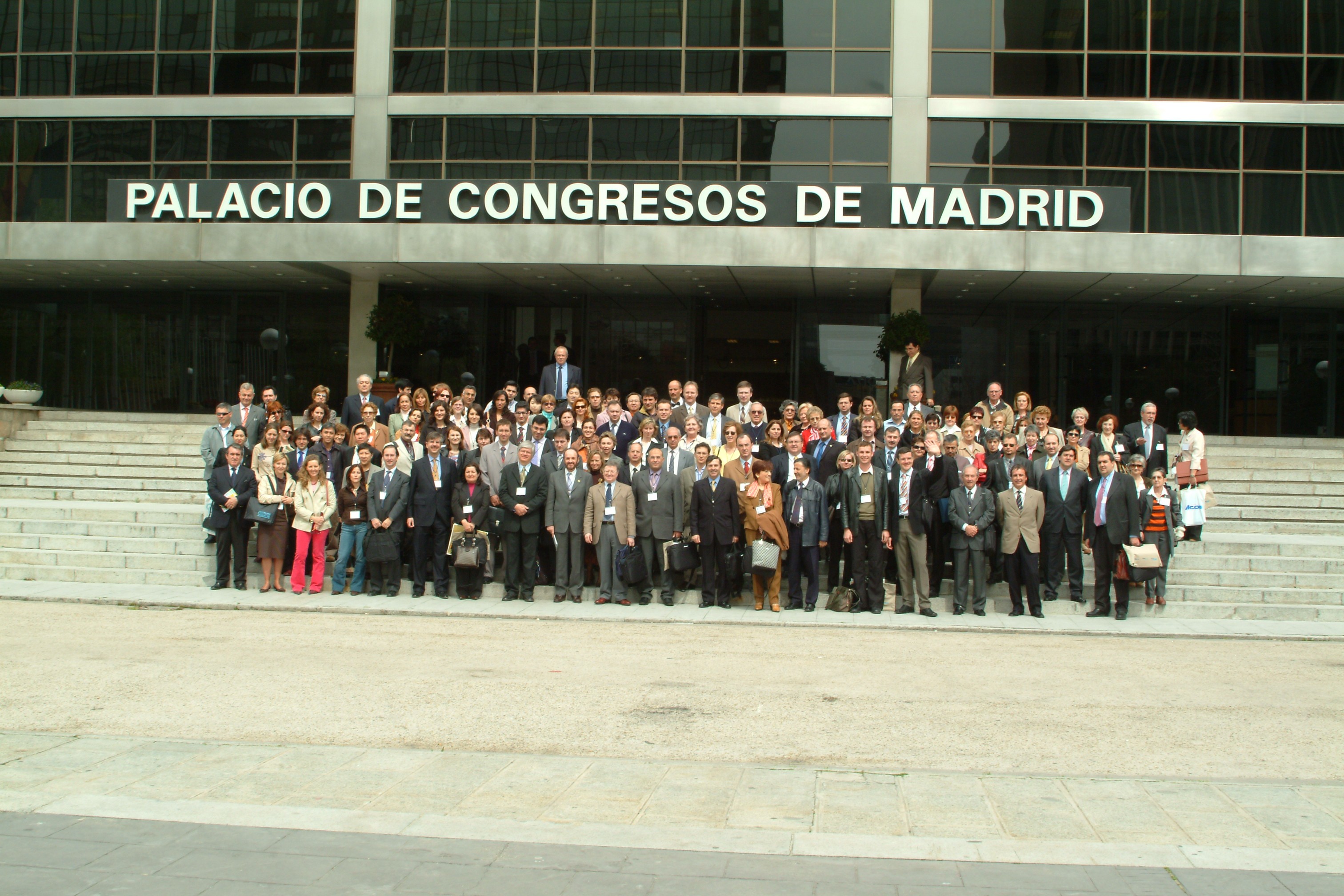Nick Atkins reports from the 8th Congress of the International Society of Dacryology and Dry Eye held recently in Madrid
April 1-3 in Madrid was the date and venue for the three-yearly meeting of the International Society of Dacryology and Dry Eye (ISD&DE). The majority of the congress programme was dedicated to surgical intervention in dry eye, but there were a number of lectures of significance to other professionals with an interest in dry eye, such as optometrists and contact lens opticians.
The meeting was truly international, with delegates attending from around the world. Some world-renowned figures from the dry eye field including Dr Frank Holly (US), John Tiffany (UK), Michael Lemp (US) and Silvester Marube (Spain) were on the programme. Of greatest interest to this delegate, from all the papers at this meeting, was the presentation of the preliminary recommendation from the 2004 Dry Eye Workshop (DEWS) meeting.
Of greatest interest to this delegate, from all the papers at this meeting, was the presentation of the preliminary recommendation from the 2004 Dry Eye Workshop (DEWS) meeting.
For the past 10 years the work of Lemp et al from the initial workshop has been held as the definitive classification of dry eye, being used as a framework for much clinical research and quoted by numerous lecturers and authors. Following recognition that the knowledge base has expanded, with improved diagnostic technology related to tear osmalarity, tear stability measurements and new biomarkers, and with diagnostic definitions and protocols varying around the world, DEWS 2004 aims to establish a contemporary, internationally accepted definition and classification of dry eye as well as outline current thinking on the design of clinical trials in dry eye.
Murat Dogru (Japan) presented an update on where DEWS is with its review entitled Changing Perspectives in the Definition and Diagnosis of Dry Eye. The Tentative Recommendation of the 2004 Dry Eye WorkShop (DEWS) Meeting. He reported that a group of internationally recognised experts had been invited to discuss topics concerning dry eye research. Three committees have been formed - the tear film group, the ocular surface body and the symptoms committee. Each committee has prepared its report based on dry eye knowledge accumulated in the literature of the past 10 years.
He explained that a survey of dry eye specialists had revealed a need to review things at this time with 63 per cent feeling a new dry eye definition is needed, with high percentages wanting diagnostic procedures and the sequence of testing standardised. Some 70 per cent also expressed a need for the structure of the tear film to be revisited. It was recommended that a full bank of tests from those that are investigative through to those used in clinical trial and management are documented. A list of symptoms was proposed as there are currently too many descriptors. The proposed new definition will be officially presented at the ARVO meeting this month.
In a rare presentation from an optometrist, Fernando Fernandez-Velazquez (Spain) confirmed that despite the passing of time the McMonnies' questionnaire would appear to be as valid as ever as a diagnostic tool during the pre-fitting evaluation of contact lenses. In a small study comparing it with the OSDI (Ocular Surface Disease Index) test it was found that OSDI over-estimated the amount of dry eye problems that might be expected among wearers. The conclusion was that OSDI might tend to estimate the degree of dryness, while the McMonnies showed dry eyes, but dryness as a symptom does not mean dry eye.
Janos Nemeth (Hungary) presented on the effects of tear film build-up and break-up on the total refraction of the eye. Using high-speed wavefront analysis he followed the total refractive alterations during the first 21 seconds of complete blinks in 10 young eyes. He found that in seven subjects the refraction shifted by +0.50 in the first three seconds after blinking. His work concluded that the best time to take measurements was around six seconds, allowing tear film build-up but before it begins to break-up.
Register now to continue reading
Thank you for visiting Optician Online. Register now to access up to 10 news and opinion articles a month.
Register
Already have an account? Sign in here
